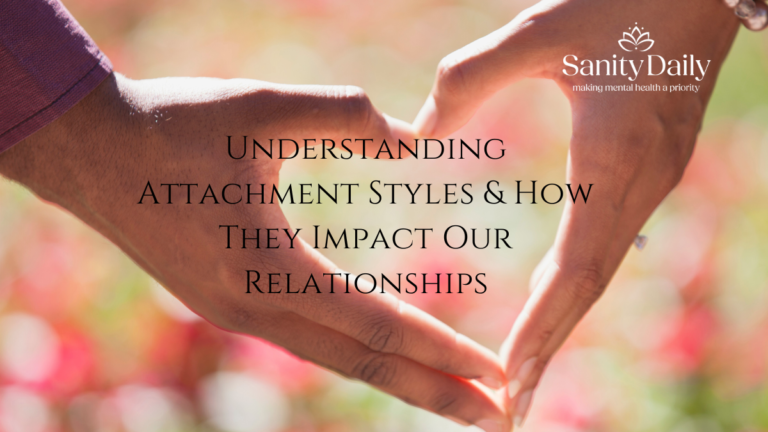Relationships often serve as mirrors, reflecting our deepest insecurities, desires, and emotional patterns. At the heart of these patterns is something fundamental but often overlooked: ourselves attachment style. Understanding your attachment style can provide insights into your behavior, emotional needs, and challenges to making meaningful connections.
What are attachment styles?
Attachment styles are psychological models that describe how individuals bond with others, particularly in close relationships. Originally from attachment theory developed by John Bowlby and later expanded by Mary Ainsworth, these styles come from early interactions with primary caregivers and influence our relationships with adults.
There are four basic attachment styles:
Secure attachment
- Characteristics: Comfortable with intimacy and autonomy, able to maintain balanced relationships.
- Origin: Formed through consistent and responsive care in childhood.
- Effects on relationships: Secure individuals are emotionally available, communicative and trusting of their partners.
Anxious Attachment
- Characteristics: Fear of abandonment, heightened emotional needs and craving for constant reassurance.
- Origin: Often develops when caregivers are inconsistent in their responses.
- Effects on relationships: This can lead to dependence, overthinking and conflict in relationships due to fear of losing the partner.
Avoiding attachment
- Characteristics: Tendency to prioritize independence, difficulty with intimacy and emotional detachment.
- Origin: Resulting from emotionally unavailable or rejecting caregivers.
- Effects on relationships: Avoidant individuals may have difficulty opening up or committing, leading to feelings of disconnection in relationships.
Disorganized Attachment
- Characteristics: A combination of anxious and avoidant traits, fear of intimacy, and difficulty trusting others.
- Origin: Often associated with trauma, neglect, or chaotic caregiving environments.
- Effects on relationships: This can lead to unpredictable behavior as individuals oscillate between longing for closeness and fearing it.
How attachment styles affect relationships
Communication and conflict
- Securely connected people tend to handle disagreements constructively.
- Anxiously attached individuals may resort to emotional outbursts or attachments during conflicts.
- Avoidant types may withdraw or shut down, avoiding confrontation.
Emotional Intimacy
- Secure attachment fosters deep emotional connection and vulnerability.
- Insecure attachments (anxious or avoidant) often create barriers, making emotional intimacy difficult.
Longevity of Relationships
- Research shows that secure attachment significantly increases relationship satisfaction and longevity.
- Insecure attachment styles can lead to repetitive patterns of instability or separation.
Origins of Attachment Styles
Attachment styles are deeply rooted in our childhood experiences, shaped by the nurturing environment in which we grew up:
- Consistent care it builds a feeling of trust and security.
- Inconsistent or negligent care leads to uncertainty about whether emotional needs will be met.
- Trauma or abuse it can lead to disorganized attachment, leaving lasting emotional scars.
Can you change your attachment style?
The good news is that attachment styles are not clear cut. While they originate in childhood, they can be developed through self-awareness and deliberate effort:
- Treatment: Working with a therapist can help you get to the root of insecure attachment and create healthier relationship patterns.
- Mindfulness: Being aware of your triggers and emotional reactions can help manage attachment-based reactions.
- Healthy Relationships: Secure relationships can foster a sense of safety and trust, encouraging growth and change.
Understanding your attachment style is a powerful step toward building healthier relationships and improving self-awareness. Your attachment style is a reflection of your past, but it doesn’t have to define your future. By embracing your style, you can create stronger and more fulfilling connections.
